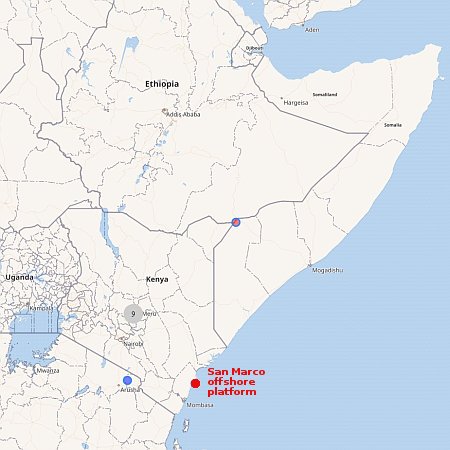Trump picks billionaire and private astronaut Jared Isaacman to run NASA

Jared Isaacman
Capitalism in space: In a decision that is certain to send shock waves throughout NASA and the established aerospace industry, President-elect Donald Trump today announced that he has chosen billionaire and private astronaut Jared Isaacman to be his nominee for NASA administrator.
Isaacman quickly accepted the nomination.
Besides being a jet pilot with extensive experience in the aerospace industry, Isaacman has also commanded two space missions, financed out of his own pocket. Both missions used SpaceX’s Falcon 9 rocket and Resilience capsule. Both also pointedly avoided any involvement with NASA, spending several days in free Earth orbit instead of docking with ISS. The second mission achieved several major engineering milestones, testing the first privately built spacesuit during a spacewalk while also flying farthest from Earth since the 1970s Apollo missions.
These flights were part of Isaacman’s own long term space program, dubbed Polaris, with two more missions already in planning stages. The first would be another Dragon orbital mission in which Isaacman had tried to get NASA to shape as a Hubble repair mission. NASA declined. The second is intended as a manned mission around the Moon using SpaceX’s Starship.
That program will now likely get folded into NASA’s Artemis program, which we can all expect Isaacman to force major changes. For one thing, this is another blow to the future of SLS and Orion. As a very successful businessman Isaacman will look with great skepticism at this boondoggle.
For another, Isaacman’s markedly different experiences working with SpaceX versus NASA will likely encourage major bureaucratic changes at the space agency. It is almost certain that Isaacman’s manned flights avoided ISS in order to avoid its Byzantine red tape, that would have likely also blocked use of SpaceX’s spacesuit on a private spacewalk. NASA’s decision to reject Isaacman’s proposal to do a simple but very necessary Hubble repair mission will also likely influence his management of the agency. Isaacman is going to force NASA to depend on the private sector more. He is also likely to reduce the agency’s risk adverse mentality that while often reasonable is many times very counter-productive.
Unlike many of Trump’s other radical nominees, I would be very surprised if Isaacman is not confirmed quickly and with little opposition.
Whether Isaacman will still fly his two remaining private Polaris manned missions is at this moment unknown. Practically it would make sense to cancel them, since he will have much bigger fish to fry at NASA. Emotionally and politically however it would be truly spectacular to have NASA’s administrator fly in space, on a mission using no taxpayer funds. That more than anything would demonstrate the ability of freedom and private enterprise to get things done.









